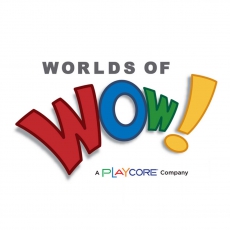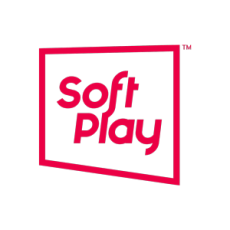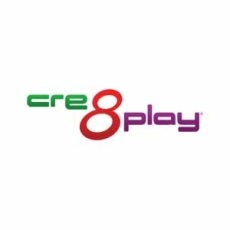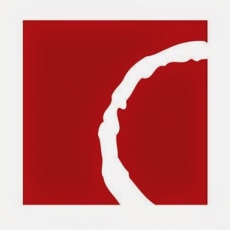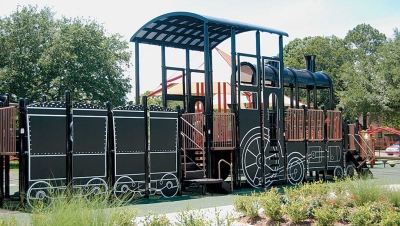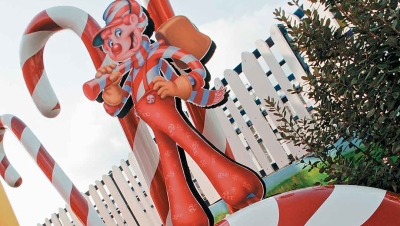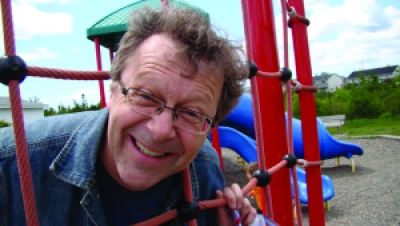Designers often talk about the importance of play, emphasizing its power to create creative breakthroughs. Design firm Monstrum, based in Denmark, took that idea one step further and decided to devote their entire practice toward building fun, innovative, well-designed playgrounds.
“Initially playgrounds seemed like a really good place to be design wise,” says Ole B. Nielsen, who founded Monstrum together with Christian Jensen. “Designing playgrounds is an unpretentious and fun mix between sculpture, architecture, scenography, craftsmanship and pedagogy.” Nielsen embarked on this journey by coincidence, after being given the opportunity to build a playground at his son’s kindergarten. Since then, many Internationally acclaimed projects have followed.
“Right now,” Nielsen says, “we are in the middle of building a big playground for Gorky Park in Moscow. For the last couple of years we have been struggling to expand our market abroad and in that sense this project is a milestone to us. Russia is an important market and Gorky Park is an icon among parks—I am looking forward to seeing it crawling with children when the playground is finished this fall.
Like all Monstrum playgrounds, the design inspiration is a mix of light and dark themes. A giant octopus is attacking an ocean liner during the night. There is a full moon and in the distance you can see a lighthouse. “Hope and despair,” Nielsen says. “A classic Russian theme.”
Going against the standardization seen across the playground industry, Monstrum believes in allowing each location to influence the design and inspire the theme. Whimsical arrangements of distorted buildings, giant monsters and transportation vessels provide a fantastical environment where children can let their imagination go. A good playground should have a balance between challenge and safety. “Ideally you would like a playground to be unlimited in challenges and completely safe at the same time,” says Nielsen, “but in reality challenges and safety are often contradictions. We would like our playgrounds to look dangerous but to be safe, and I think the Gorky Park Playground has a really good balance in that sense.”
While children may not think about it, the craftsmanship that goes into a Monstrum playground deserves appreciation. “We are really fond of using wooden boards and screws,” Nielsen says. “They are really simple and inspiring elements, almost like LEGO. It’s good fun to look at a whale built out of boards and screws.” “At some point everybody has been working with these simple materials,” Jensen adds, “and I think that’s very inspiring to kids and grownups. We have just taken it to the next level. It is a natural material that is easy to fix if broken and it does not require special parts.”
“A good playground should inspire kids to move, says Jensen. “What makes our playgrounds unique is that kids are not able to figure out how to use them just by looking at them. They have to explore it. When they are running or climbing through the playground there is not only one right way. They have to consider a lot of options and paths assessing their motor skills and safety. This creates continuous movement.”
“The success of a playground,” Nielsen says, “is also measured on its attraction and durability. A well designed playground with a certain wow-factor will keep attracting kids, giving them new experiences and challenges as they grow up. In most of our projects there is also a theme or a little history initiating play and giving children and their parents something to talk about, making the playground something more than just slides and swings.”
In our increasingly digital world, it’s important to get children outside and be physical. Monstrum’s playgrounds make real-life play so irresistible that the kids forget all about video games, and they are always filled with happy children, learning, exploring and having fun. Such is the power of a truly imaginative place. The acclaim and success of Monstrum’s well-designed playgrounds are testament to how much this is wanted and needed in our cities.
Top photo: The neighborhood of Brumleby is one of Copenhagen’s architectonic culture gems. The playground, designed by Monstrum, reflects the nature of the neighbourhood, while turning everything topsy-turvy.
The wrecked coaster Trinidad on Søndre Boulevard in Copenhagen is a playground meant for younger children and is therefore kept close to the ground and with focus on balancing games and speed paths. It lies at exactly the same spot where the beach was in the 19th century.
Inside the snake there is a long mazy tunnel in which children can hide from both each other and adults. The playground is located in a nature park, and the idea is to provide ways for children to experience nature.
The world of Rasmus Klump at Tivoli in Copenhagen tells a story of an adventurous life. “Rasmus and his friends sail their ship Mary to discover new land, solve problems for new friends they meet, build things, trade, and play together.”
The Cargoship playground in Höganäs, Sweden, was developed in collaboration with the municipality as part of a general renovation of the area. It’s theme, with a sunken ship, lighthouse and fish, is designed to fit into the maritime environment.
On the inside, the whale is decorated with drawings of the internal organs and a whale foetus. On one side of the whale there is a large opening where you can see whale’s white ribs, shaped like something in between ribs and the frame timber on a submarine.
The Giant Spider and the Mushrooms playground features a huge spider, entangled in its own web, allowing children to climb into the body like a tree house. The interior is outfitted with warm LED light which gives a warm glow at night, and the eight eyes on the spider’s head are LED spotlights, which lit up the area in front of the spider.
Monstrum was founded in 2003 by Ole B. Nielsen and Christian Jensen.


